The Titanic was the ship of dreams. It was the largest steamer in the world at the time of her launch in 1912. With her watertight doors and the ability to stay afloat with four flooded compartments she was “unsinkable.” Or so they thought. We all know how the story ends. Not with Jack and Rose living happily ever after. But with more than 1500 people losing their lives, just 4 days after the Titanic sets off on her maiden voyage. This is the DNA story of searching for the “Unknown Child” from the Titanic. And, how DNA analyses finally confirmed his true identity, more than 89 years later.
The maiden voyage
On 10th April 1912, the RMS Titanic left Southampton, England on her maiden voyage to New York City. More than 1300 passengers and 900 crew boarded the Titanic. Colonel John Jacob Astor IV, one of the wealthiest people in the world at the time, was one of its passengers.
With their exorbitantly prices first-class tickets, prominent businessmen, bankers and politicians enjoyed their extravagant dinners, heated swimming pool and theatre. While third-class passengers, mostly immigrants to the US, traveled in cramped conditions, dreaming of their lives in a new world.
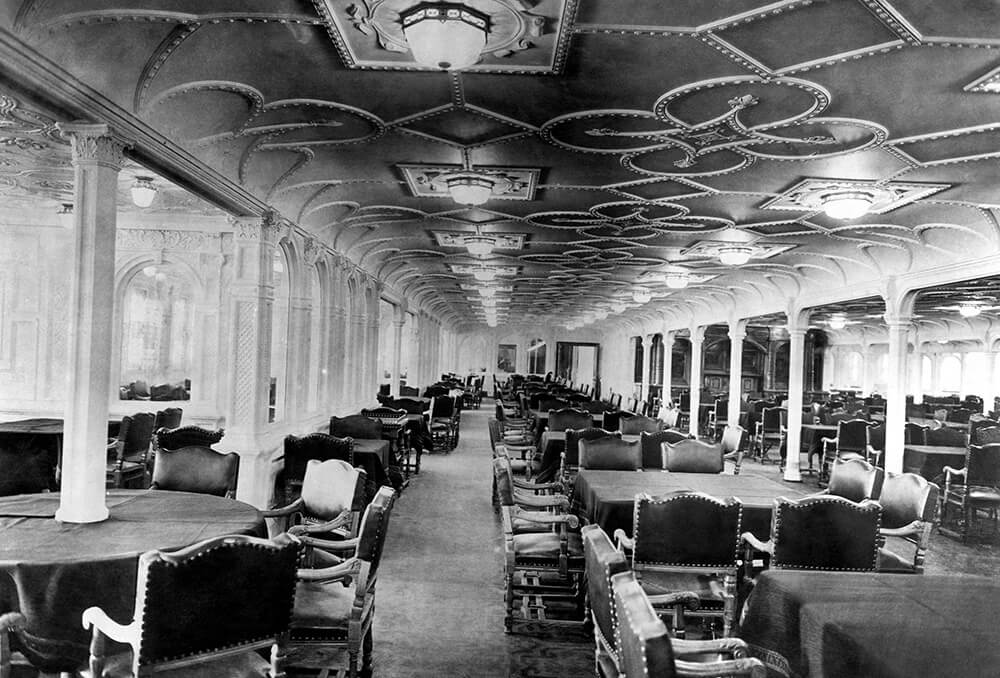
The fatal crash and the aftermath
Then just four days into the North Atlantic crossing, the Titanic hit a huge iceberg in the middle of the night. The crash split open five of the sixteen watertight compartments.
The ships designer, Thomas Andrews, informed Captain Edward Smith the ship would sink in just two hours. The Titanic could only stay afloat with four of the sixteen compartments flooded, not five.
As the ship rapidly flooded, passengers and crew started evacuating in lifeboats. Unfortunately, the Titanic only carried lifeboats for about half of the approximately 2200 people on board. Many of the boats were launched only half-full.
Less than three hours after the impact, the Titanic split in half and disappeared into the depths. More than 1500 passengers and crew, including the ship’s captain, perished in the freezing cold waters of the North Atlantic.
The RMS Carpathia was the first to reach the crash site. They collected 712 survivors, and transported them on to New York. This huge loss of lives prompted inquires in both Britain and the United States to improve maritime safety protocols.
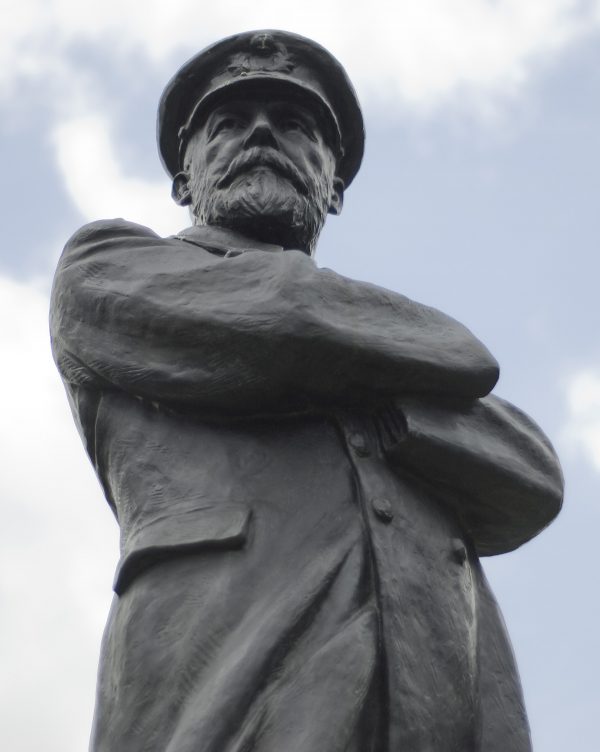
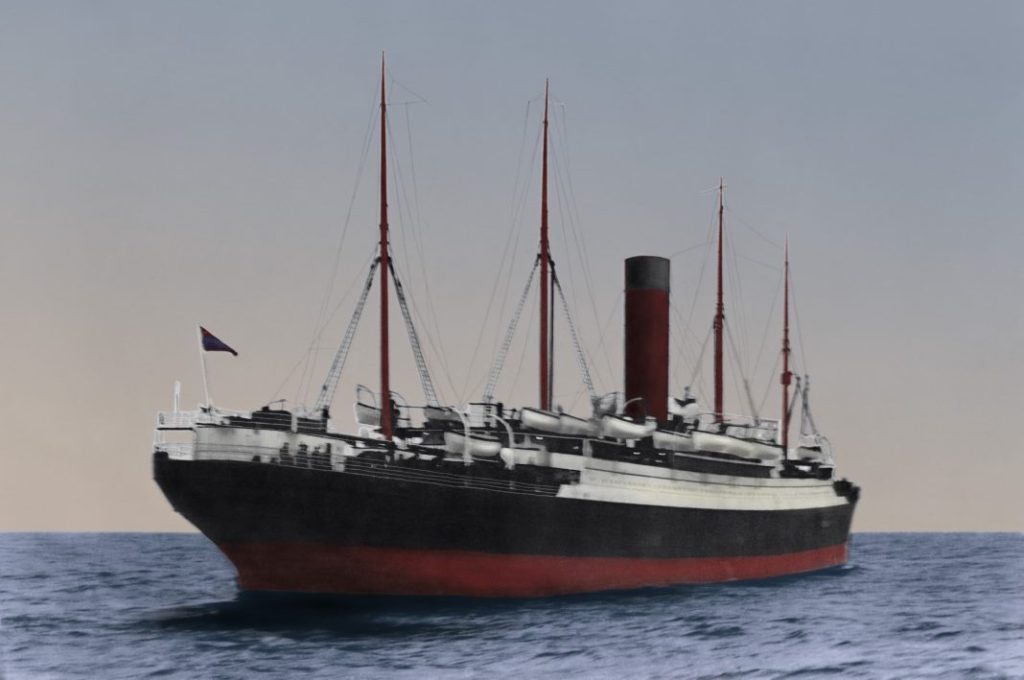
The body-recovery mission
The sinking of the largest ship afloat, required extensive recovery efforts. The CS Mackay-Bennett, a cable repair ship was the first recovery ship to arrive on the scene.
With the sheer extent of bodies, the Mackay-Bennett quickly ran out of embalming supplies. But, maritime laws directed that bodies had to the embalmed before a ship entered Canadian port. So only the bodies of first and second-class passengers were preserved. Many third-class passengers and crew were buried at sea, often without being identified.
Over the next month, 333 bodies were recovered. Authorities confirmed the identities of two-thirds of these bodies. The rest were buried with just a simple number based on the order they were discovered.
Who was the “Unknown Child?”
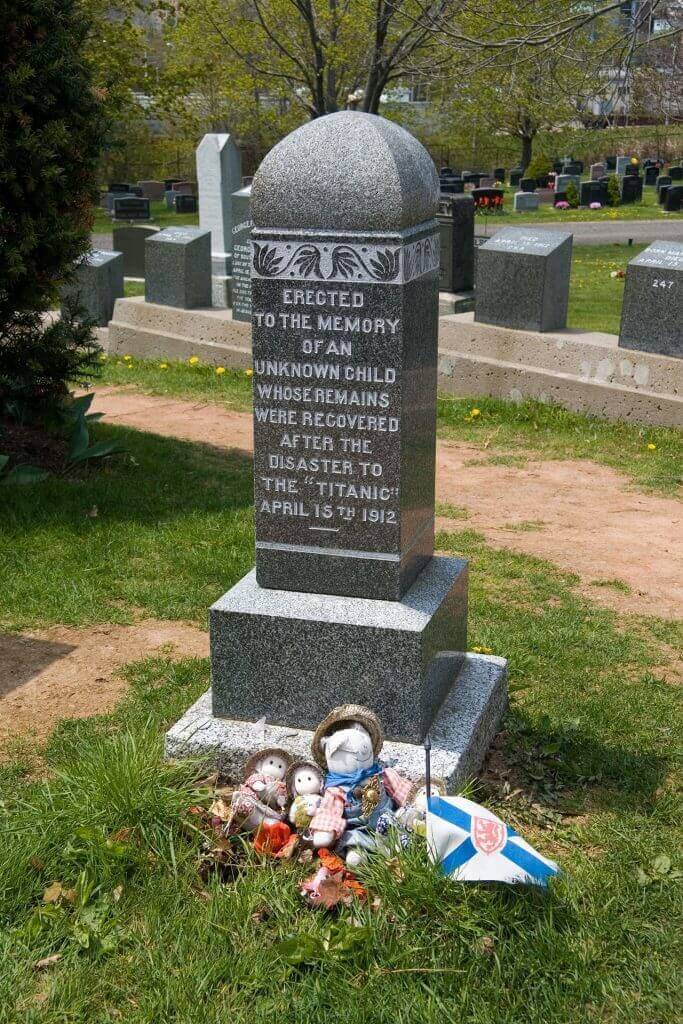
The fourth body collected by the Mackay-Bennett (Body #4) belonged to the “Unknown Child.” It was brought to land, perhaps because his body was recovered early, and because it belonged to a child.
But, no one claimed the body. So the sailors used their own money and gave the boy a funeral service and a burial. The remains rest in the Fairview Lawn Cemetery, Halifax, with a headstone dedicated “to the memory of an unknown child.”
For a long time, he was believed to be Gösta Leonard Pålsson, a two-year-old Swedish boy based on several pieces of circumstantial evidence. Witnesses recalled the boy being washed overboard before the Titanic sank. Tickets for all four Pålsson children were found in the mother Alma’s pocket. He was also the right age and had light hair. Even the coroner’s notes referred to Body #4 as “Baby Pålsson?” But without scientific evidence the true identity of the “Unknown Child” remained a mystery.
The Titanic ancient DNA project
Then in 1998, the Titanic Ancient DNA project began on behalf of three families, including the Pålsson family, who were hoping to formally identify their lost family members.
Researchers exhumed three bodies. Two of these (Graves #240 and #281) were located at the bottom of a slope. The coffins were completely saturated with water. The ground water and the acidic nature of the soil had completely dissolved the skeletons.
A small fragment of poorly preserved bone and three teeth were recovered from the grave of the “Unknown Child.” The very limited nature of this sample would make nuclear DNA analyses impossible. Instead, scientists chose to look at mitochondrial DNA (mtDNA).
Mitochondrial DNA analyses
Mitochondrial are the powerhouses in our cell. MtDNA is also useful for the analysis of degraded remains, because it is present in a much higher amount than nuclear DNA. Both men and women inherit their mtDNA only from their mother (passed on mother to child). So, mtDNA remains unchanged through the maternal line.
Three regions of mtDNA can be analyzed: two hyper variable regions, HVR1 and HVR2, and the coding region.
The HVR1 profile from the bone fragment didn’t match the profile generated from a maternal relative of Gösta Pålsson. This ruled out Gösta was the “Unknown Child.”
Researchers then tracked down and collected DNA samples from maternal relatives of the other five young children lost from the Titanic. The HVR1 profiles from female relatives of two missing children, Sidney Leslie Goodwin (19 months of age) and Eino Viljam Panula (13 months), matched the profile from the remains.
Based on the early stage of dental development of the teeth, forensic dental experts were sure the child was very young. This meant Eino Panula fit the description. So in 2002, the “Unknown Child” was identified as Eino Panula.
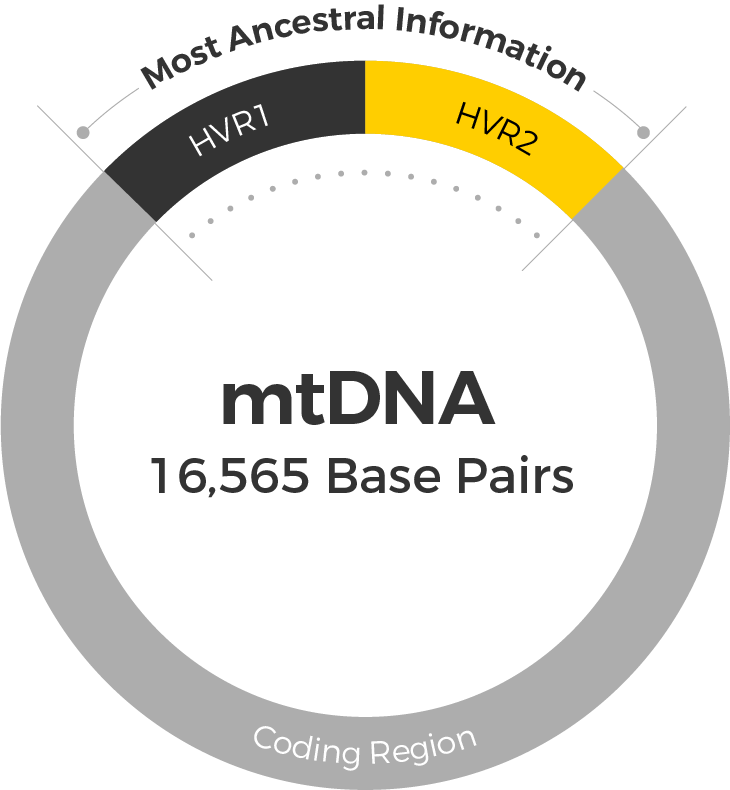
Reinvestigating the identity of the “Unknown Child”
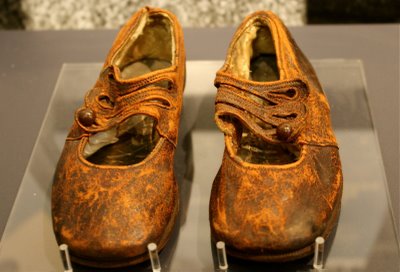
But, the researchers weren’t completely satisfied with this identification. The DNA analyses hadn’t ruled out the possibility that Sidney Goodwin was the “Unknown Child.”
On top of this, a new piece of evidence came into light in 2002. Earle Northover informed the Maritime museum of Halifax about a pair of tiny brown shoes, salvaged by his grandfather who was a police sergeant.
These shoes were much too large for a 13-month-old boy (Eino Panula), and could have instead belonged to 19-month-old Sidney Goodwin. This prompted researchers to analyze the remains in more detail.
They generated complete mtDNA profiles from all of the living relatives of the six young children lost on the Titanic. Researchers were only able to generate partial profiles for the HVR2 and coding regions from the remains, because the bone and teeth samples were too degraded.
Only Sidney Goodwin’s references matched the partial profile generated from the skeletal remains. So, the “Unknown Child” is most likely Sidney Goodwin.
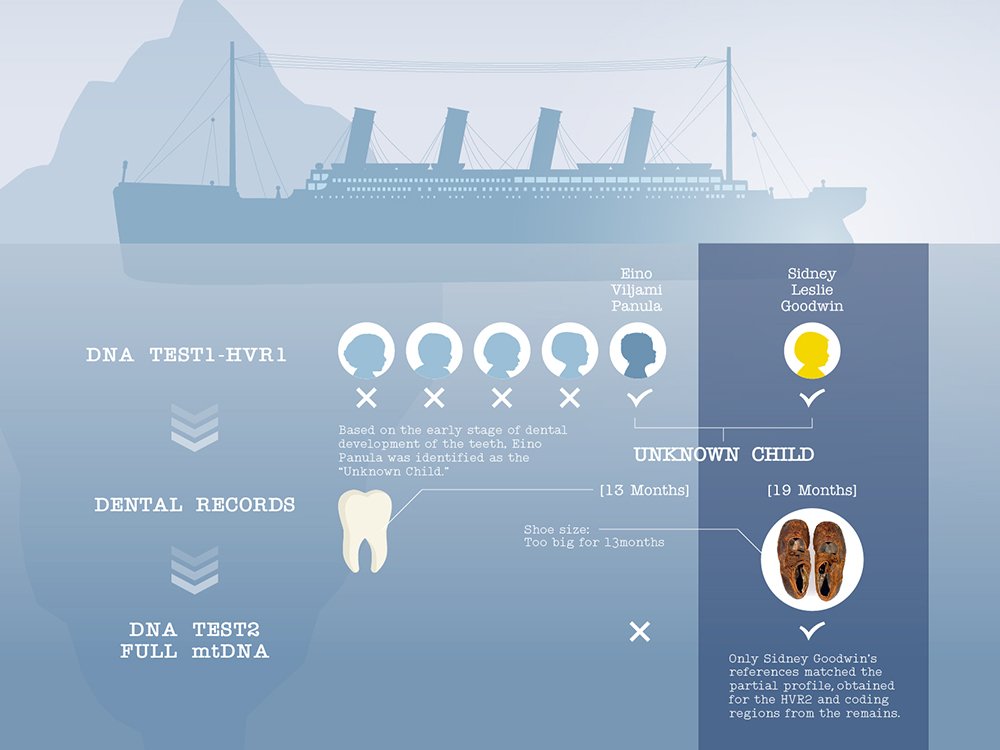
Benefits of DNA analyses
For 89 years, Gösta Pålsson, a two-year-old Swedish boy was believed to be the “Unknown Child.” The first set of genetic analyses in 2001, ruled out this possibility. Preliminary conclusions based on mtDNA profiles and dental age claimed that the remains belonged to Eino Panula, a 13 month-old Finnish boy. A complete mtDNA analysis refuted this hypothesis.
This illustrates why DNA analysis is one of the best methods for positively identifying unknown remains. The “Unknown Child” is no longer unknown. The remains belong to Sidney Goodwin, a 19 month-old English boy.
All Goodwin family members, Sidney, his parents and four siblings, perished that night. The Goodwin family held a memorial memorial service at the grave of the “Unknown Child” in 2008, and opted for not engraving Sidney’s name on the gravestone. They felt the grave represented all the lost children from the Titanic.
These studies have defined the mtDNA profiles of six young children lost on the Titanic. If you have taken the DNA Maternal Ancestry Test, you can compare your mtDNA against these six profiles to see if you may have descended from one of the same maternal lineages.















